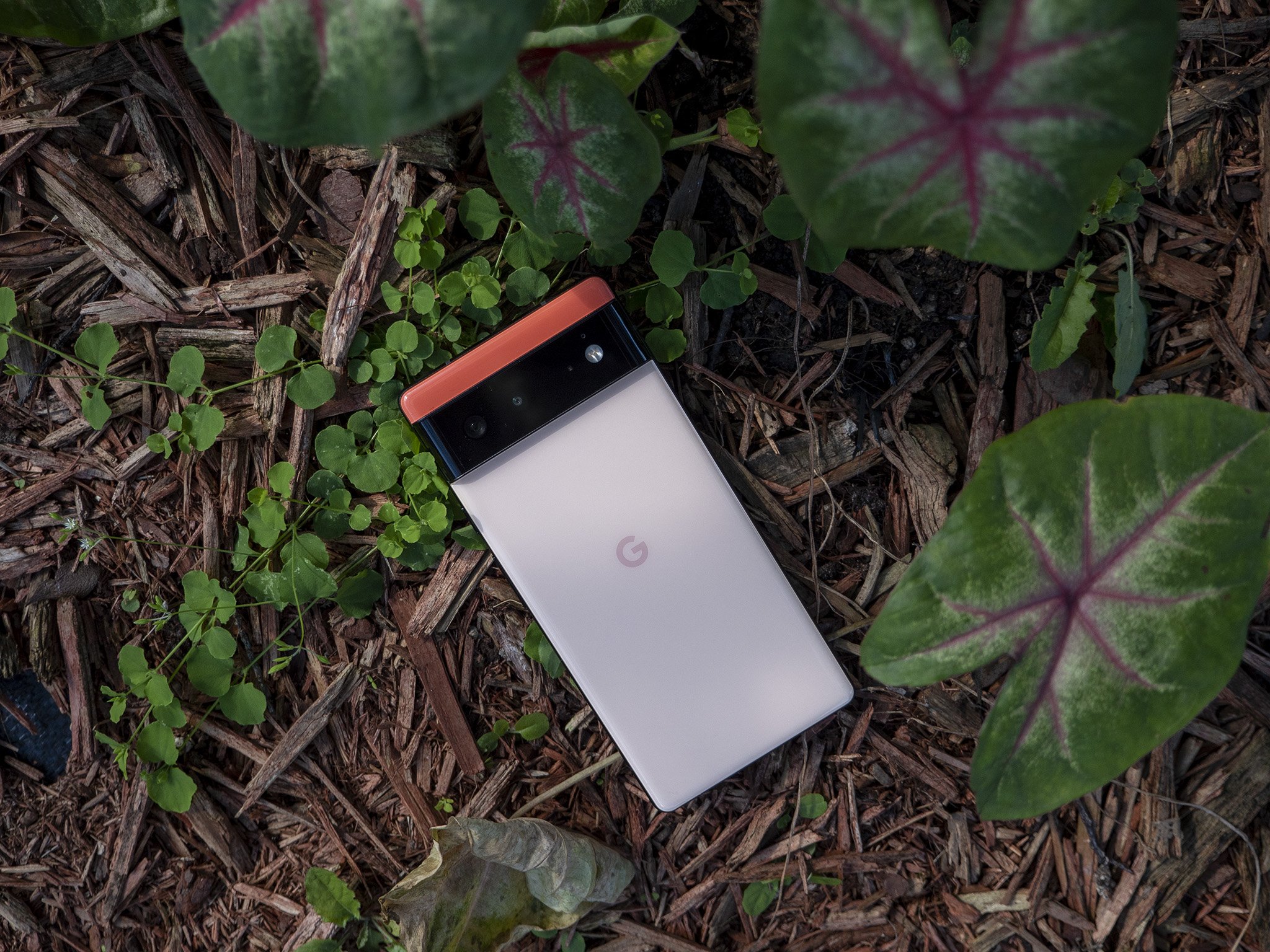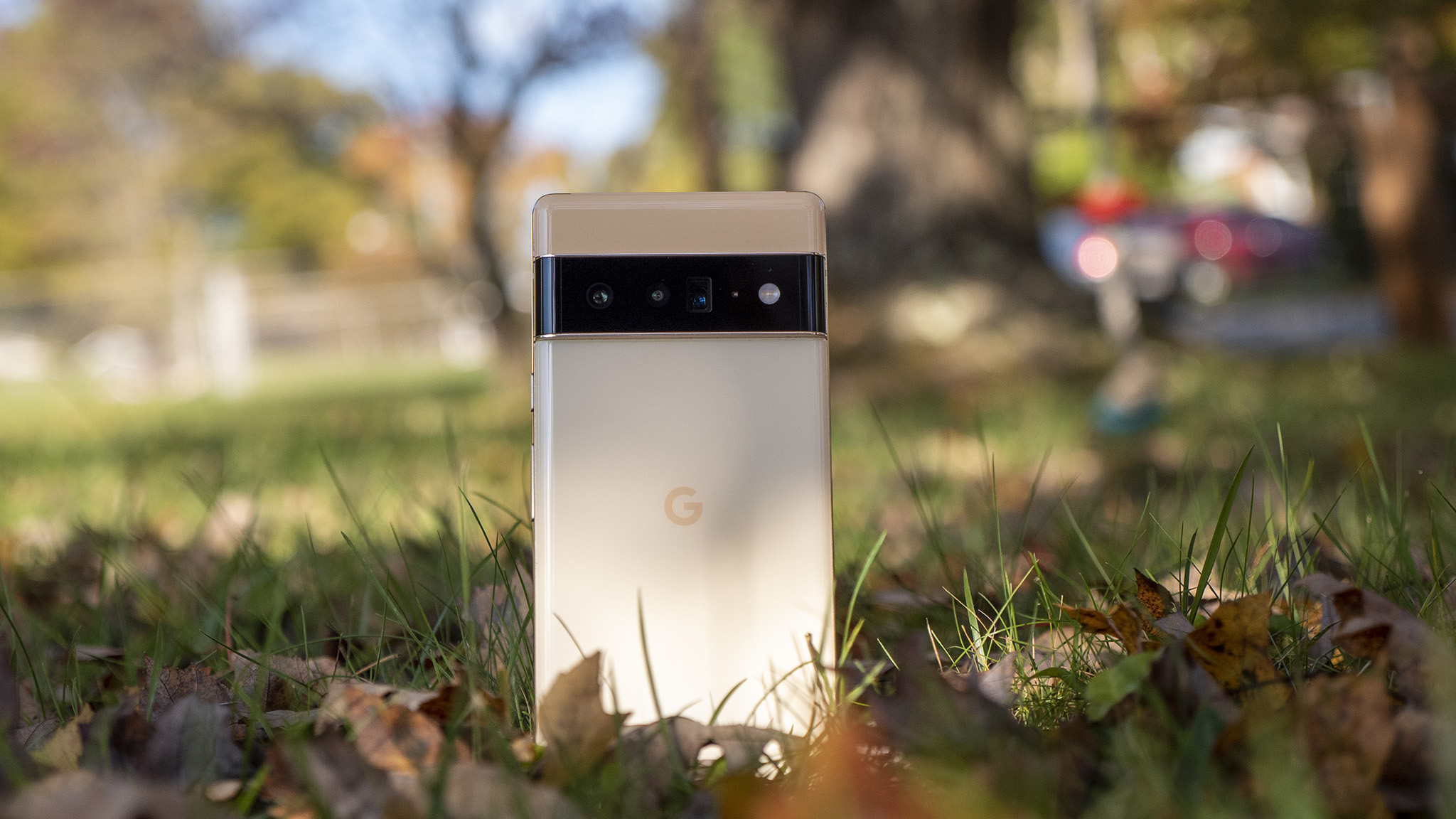Apple could catapult Pixel Pass-like subscriptions, but consumers might pass on them
Hardware smartphone subscriptions might not be successful in North America because of carriers.

Last month, reports surfaced that Apple was planning on a smartphone subscription offering that is very similar to Google’s Pixel Pass. Bloomberg reported that Apple has reportedly been working on this subscription model for a few months now and that it would tie in the iPhone and other hardware products.
Google has kind of figured it out, but if it happens, Apple will be far ahead of the game and will catapult other companies to offer a smartphone hardware subscription, experts weigh in. But some of them say it could prove to be a challenge in North America, which is heavily dependent on carrier offerings.
According to the Bloomberg article, Apple’s plan would be the company’s “biggest push yet into automatically recurring sales, allowing users to subscribe to hardware for the first time.”
Hanish Bhatia, a senior analyst at Counterpoint Research, says that companies are starting to realize the customer lifetime value “delivers a much higher revenue stream if bundled with services and software.”
He says that Apple’s influence and strength positions it to bring that dramatic shift in the way smartphones are sold adding that this will open doors for others to follow suit.
What would a hardware subscription look like?

Right now there are two ways one could get a smartphone in North America. You can either buy it outright, or you can go through a carrier. Carriers will offer a phone plan with phones at subsidized rates so that consumers can have the latest and greatest Android phones.
Declining smartphone sales seem to suggest that consumers seem to be getting tired of the current sales model and are wanting something else.
Be an expert in 5 minutes
Get the latest news from Android Central, your trusted companion in the world of Android
But a hardware subscription would be more than just getting a phone plan and a device.
Jitesh Ubrani, research manager for IDC's worldwide device tracker, says it would have to incorporate hardware as well as services. In the case of Apple, he says it likely will target power users who typically own multiple Apple products and upgrade their hardware more frequently. But not only that, he says it would likely have additional services like Apple TV+, iCloud, Apple Music, Arcade, and more.
“This is where other smartphone vendors may struggle as most don’t have a broad portfolio of services compared to Apple,” he says.
Per the Bloomberg article, Apple’s model could allow consumers to “swap out their devices for new models when fresh hardware comes out.” The idea would not only help consumers be able to afford the expensive devices but would help “Apple generate more revenue.”
Ubrani notes that Apple tends to be the company that others watch closely and often follow.
“I suspect Samsung would be at the front of that line,” he says, though he adds that “very few companies will be able to pull this off and directly compete with Apple.”
“I’m sure we’ll see many try but the typical Android smartphone vendors lack the crucial services component. Google could potentially offer a comparable subscription plan but the Pixel doesn’t have the same scale and appeal as the iPhone,” he says.
Samsung used to have a program called Samsung Access, which was similar to what Apple wants to do, but it is no longer available.
Google has this kind of figured out with Pixel Pass. The subscription service offers customers a Pixel phone with device protection, cloud storage of up to 200GB, ad-free videos, music, and games, and starts at $45 a month. The service seems to only be limited to a Pixel device, as of now.
And while Anshel Sag, a senior analyst at Moor Insights & Strategy, says Google probably has the best idea with a subscription plan, it falls short in its cost.
“I don’t think the savings are good enough to incentivize people to switch to it and it would be smart for Google to offer features like unlimited photo uploads as a benefit in Pixel pass among other content benefits to make it more attractive,” he says.
It’s worth noting that the Pixel Pass doesn’t include the Google Fi service, but it does offer a discount for it.
Success of a hardware smartphone subscription model will be challenging in North America

Because the model in North America is heavily focused on getting a device through your carrier, Bhatia says this is likely going to be the biggest hurdle for Apple or any other company to try and succeed with this idea.
“We believe it will have a very less impact in the U.S. since the devices are already heavily subsidized and bundled with services by U.S. carriers,” he says.
Ubrani agrees, adding that if any company can figure this out and give consumers one easy bill that includes the phone, phone plan, and all additional services, then the model has a greater chance of success.
“Otherwise, the smartphone subscription provider would face competition from financing options that are offered by many carriers,” he says. “I’m a bit skeptical about a smartphone subscription plan’s success in North America, whether that’s from Apple or anyone else. The North American market is heavily dependent on carriers and they are not going to look kindly on this move.”
Consumers will heavily benefit because they will save money

Having a streamlined subscription model that incorporates many features, hardware, and potentially a phone plan, would be beneficial to consumers because consumers like to deal with just one bill, says Carmi Levy, a technology analyst.
“By reducing the experience to a monthly fee - which consumers are already conditioned to pay based on their already-monthly phone plans, streaming accounts, and other subscriptions - vendors shift the consumer experience to one where they can more easily replace their phones at regular intervals instead of holding onto the same device over a longer period of time,” he says.
Sag agrees adding that people like the simplicity of having all offerings listed in one bill.
“[People] want to do things in one place and handle as much at once,” he says. “I think it could benefit consumers in the sense that it could free up more money or users to spend on other things since they wouldn’t have to pay the full price of the device and only keep it for as long as they want/need until they think it’s time to upgrade.”
And while it does seem like a good thing on the surface, Levy digs deeper and says it might not actually save money in the long run.
“Once you add up subscription costs over the life of the device, the total cost of ownership for consumers can easily exceed that of the traditional purchase model. Price increases are more easily hidden within a monthly subscription, with consumers less likely to seek out alternatives if the subscription is bundled in with a bunch of other products, accessories, and/or services,” he says
Levy adds that the potential for vendor lock-in is higher with subscription models and consumers who fail to take the time to review their account activity will find themselves worse off because of it.

Shruti Shekar is Android Central's Editor-in-Chief. She was born in India, brought up in Singapore, but now lives in Toronto. She started her journalism career as a political reporter in Ottawa, Canada's capital, and then made her foray into tech journalism at MobileSyrup and most recently at Yahoo Finance Canada. When work isn't on her mind, she loves working out, reading, watching the Raptors, and planning what she's going to eat the next day.
